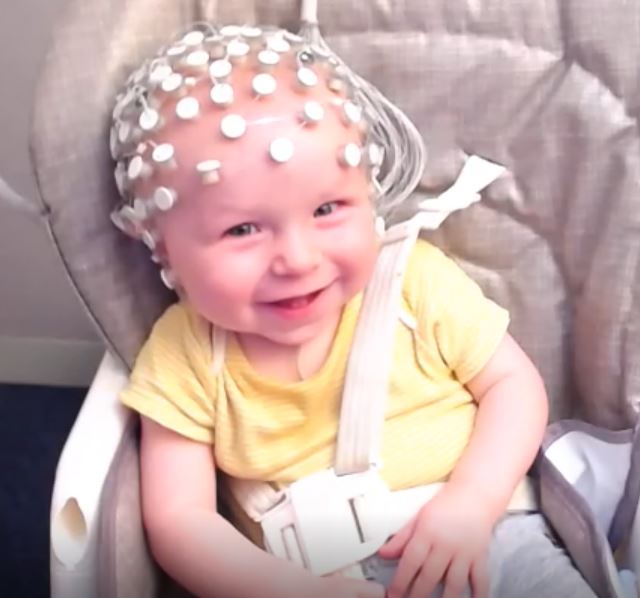Our interdisciplinary scientific interests centre on understanding the brain mechanisms underlying human communication. With that goal in mind, our research spans a wide range of topics at the intersection of cognitive science, communication and linguistics research, and computer science. Overall, our approach aims to develop machine learning and signal processing methods for the analysis of neural data and other biosignals (Theme 1: Neural Data Science). Such methods are then used to identify the brain processes responsible for the transformation of complex sensory stimuli (e.g., speech) into its abstract neural representation (Theme 2: Human Communication). The findings of the first two themes lead to new opportunities for applied and translational research that centre on the development and use of novel objective indices of cognition (Theme 3: Applied Research).
Research themes and projects



In brief - recent and exciting findings
Please find the full list of publications herePhonological acquisition in the first year of life
Giovanni M. Di Liberto, Adam Attaheri, Giorgia Cantisani, Richard B. Reilly, Áine Ní Choisdealbha, Sinead Rocha, Perrine Brusini, Usha Goswami, "Emergence of the cortical encoding of phonetic features in the first year of life", Nature Communications, 14-7789; https://www.nature.com/articles/s41467-023-43490-x; Dec 2023This study presents findings on a longitudinal investigation involving fifty infants in their first year of life. Electroencephalography (EEG) data were recorded from the same infants when they were 4, 7, and 11 months of age, as they listened to nursery rhymes. The study demonstrates that babies perceive the linguistic units of continuous speech starting from 7 months of age.

Check out the other studies on the same dataset here and an overview of the dataset and intuition here
The Music of Silence

Giovanni M. Di Liberto, Guilhem Marion, Shihab A. Shamma, “The Music of Silence: Part II: Music Listening Induces Imagery Responses” (2021), Journal of Neuroscience, 41 (35) 7449-7460, https://doi.org/10.1523/JNEUROSCI.0184-21.2021
This study investigated the relationship between neural prediction mechanisms and auditory imagination (music imagery). Through a novel experimental paradigm, we found robust neural responses to music imagery. Those responses showed the same dynamics to the neural activity corresponding to music rests when listening to music, suggesting a tight relationship between auditory imagery and sensory prediction mechanisms.
Check out the media coverage of this article: CORDIS (EU), MedicalNewsToday, Inverse, TCD
EEG measurement of phonological processing during cartoon watching and their sensitivity to dyslexia
Giovanni M. Di Liberto, Varghese Peter, Marina Kalashnikova, Usha Goswami, Denis Burnham, Edmund Lalor (2018), “Deficits in right hemisphere encoding of natural speech correlate with psychometric measures of dyslexia”, NeuroImage, https://doi.org/10.1016/j.neuroimage.2018.03.072This study demonstrated that non-invasive EEG is sensitive to the phonological impairment in dyslexia. Importantly, this study was carried out on children, representing the first measurement of phonological neural processing in children by using a cartoon watching task.
